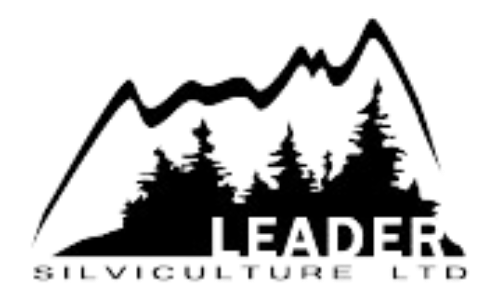New WorkSafeBC Regulations
WorkSafe BC has introduced several changes to their Occupational Health and Safety Regulations which pertain to Occupational First Aid (OFA) requirements, training, and employee certifications for our industry. These new requirements began taking effect on November 1, 2024, and will come into play during the upcoming season. To help employers and workers stay informed and begin preparing for these changes, we’ve provided a guide for the regulatory changes, resources available, and how these changes will affect our industry.
Employer Requirements:
There have been fairly significant changes in first aid requirements for remote forestry workers. First, a new system has been introduced to determine the minimum requirements for first-aid kit contents, facilities, and attendants. There are four factors that must be reviewed; the number of workers at the workspace, hazard rating for the industry, if the workplace is “remote” (more than 30min from an Ambulance Station), and site accessibility (What types of vehicles have access). Employers will also need to perform a written first-aid assessment on site, identifying potential risks and determining any additional equipment, supplies, facilities, etc., that may be required on site. Based on these assessments, there may be changes in first-aid equipment, personnel, and facility requirements on planting sites. In General, these changes will likely require more first-aid attendants on site, and a more heavily stocked first aid kit with things like tourniquets, oxygen therapy kits, etc.
First Aid Training Requirements:
The OFA certification system has changed, both in name and curriculum. Rather than Level one, two, and three, they will now be called Basic, Intermediate, and Advanced. Existing OFA Certifications from before November 1 will remain valid until they expire, however, their names will be updated to the new standard. Once expired, you’ll have to complete the new training requirements.
Vehicle Requirements:
One of the more complicated updates is the requirements for employee transport vehicles. Unfortunately, WorkSafe BC has found issues with every major vehicle type that is commonly used in the planting industry. This has been a large topic of conflict in the industry, as companies have been told their vehicles no longer meet safety specifications, however, there is very little information at this point about what needs to change for those specifications to be met, which has been challenging. The ball has been thrown into the manufacturer's court. Want to make sure the manufacturers develop an instruction manual for installation, which must be compliant with the WorksafeBC rules.
Safety Drills:
Safety drills are now mandatory within the first two weeks of being on a worksite. These drills will be monitored closely by WorksafeBC, and staff can expect to be closely involved with this process. The goal of these drills will be to ensure that safety procedures work well and run smoothly, and to examine what works well, and more importantly, what can be improved.
The lack of transparency between WorkSafe BC and forestry companies has been frustrating, and may result in very expensive changes to our industry’s equipment as a whole. With that said, Leader Silviculture will always support efforts to improve employee safety and prevent injuries at work, and happily follows these rules. We are hopeful that more detailed information will become available soon, and will provide more updates as needed.


